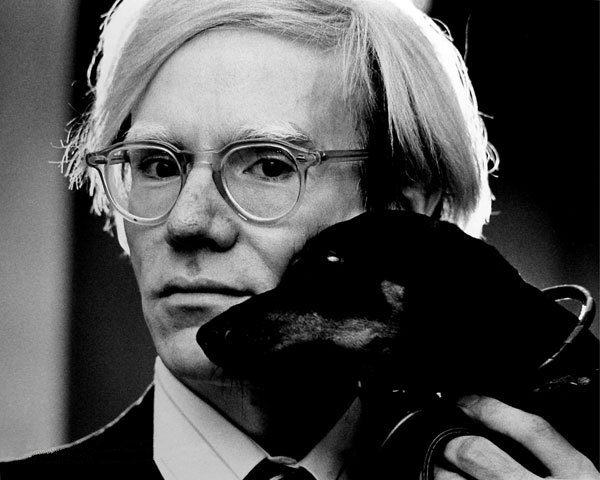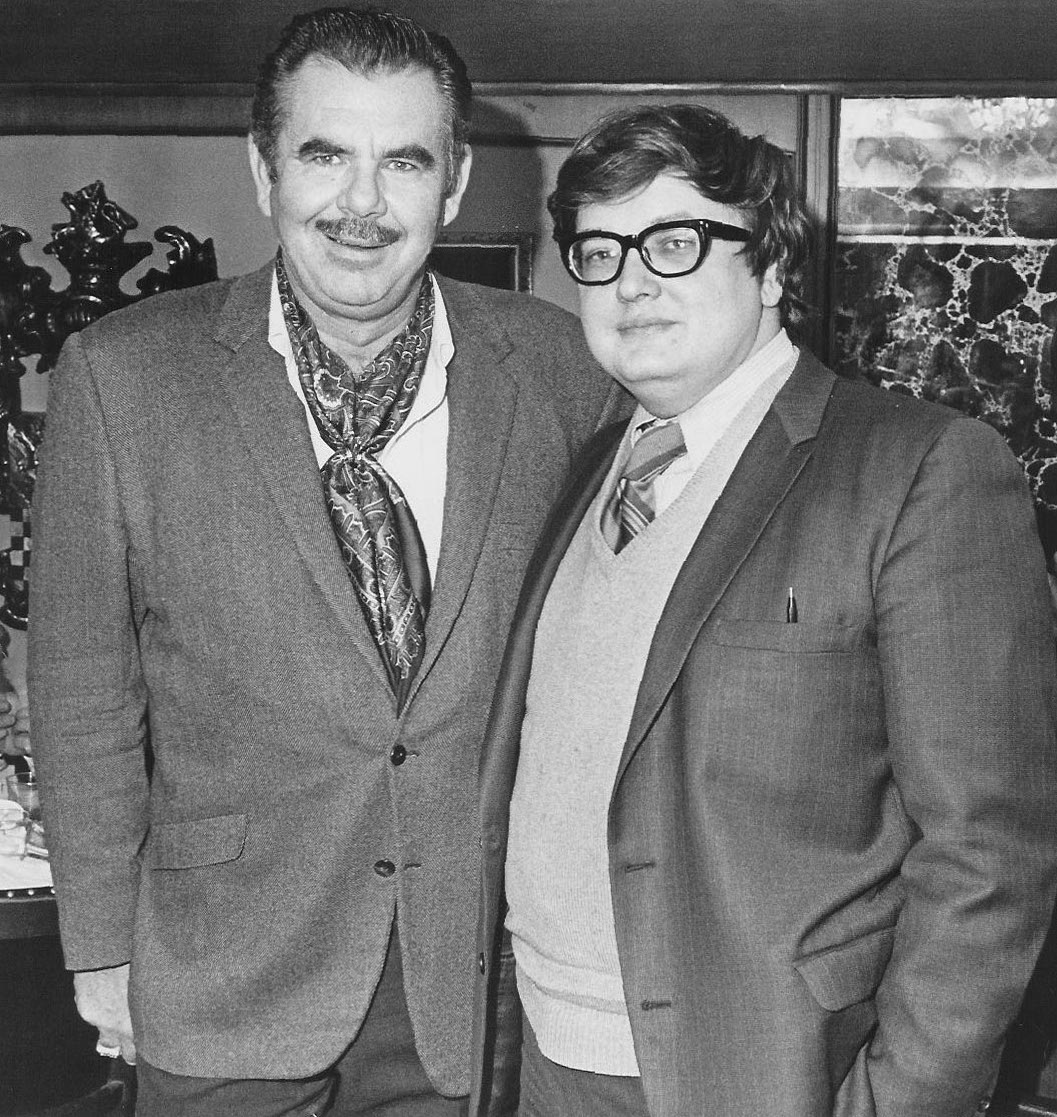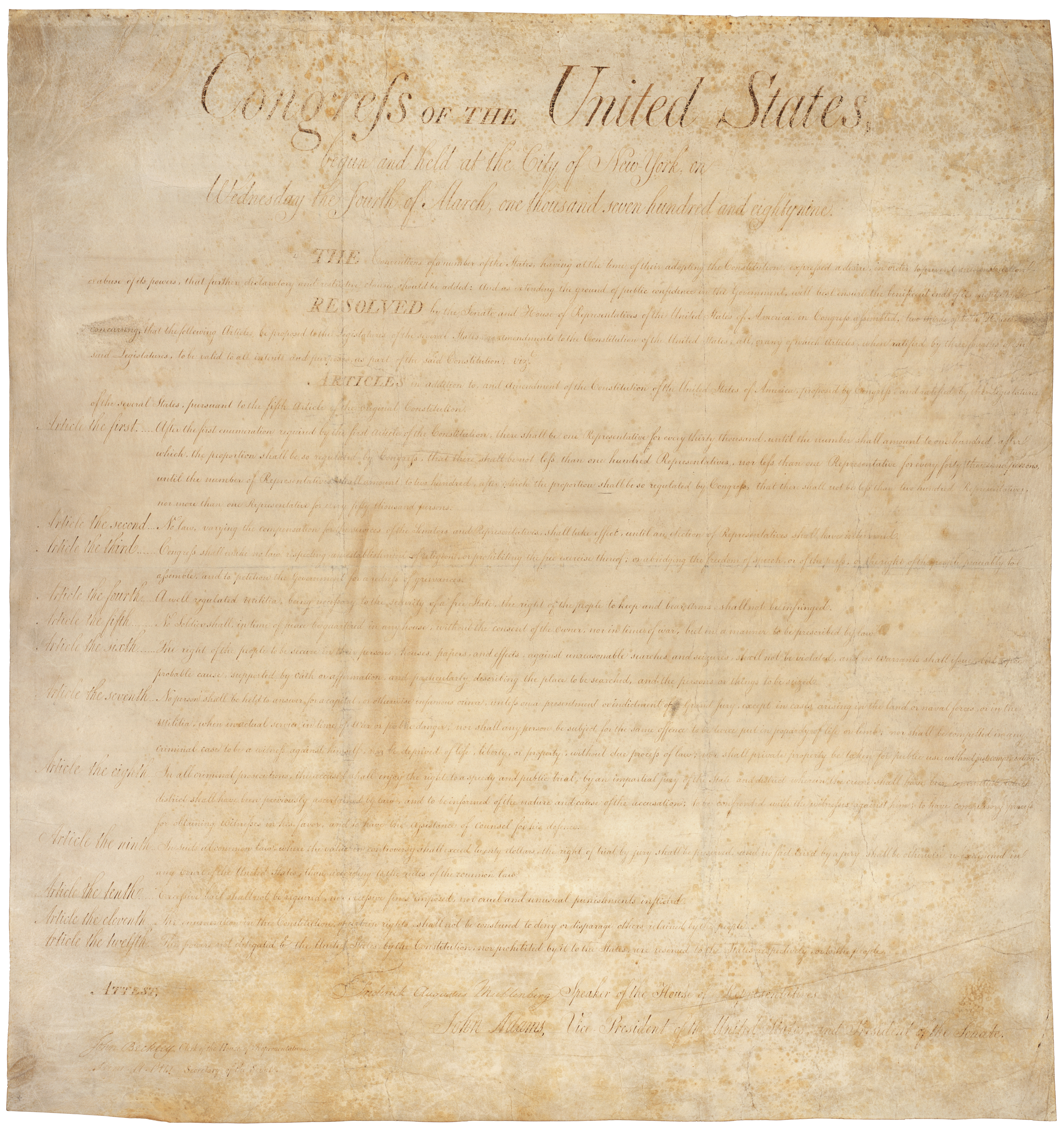|
Carmen, Baby
''Carmen, Baby'' is a 1967 American-German-Yugoslav romantic drama film directed by Radley Metzger, based on the novella ''Carmen'' by Prosper Mérimée (which also inspired Bizet popular opera, ''Carmen''). Plot A liberated woman tempts a local police officer into a romantic entanglement with unpleasant consequences. Cast * Uta Levka as Carmen * Claus Ringer as Jose * Carl Möhner as Medicio * Barbara Valentin as Dolores * Walter Wilz as Baby Lucas * Christiane Rücker as Misty * Arthur Brauss as Garcia * Doris Arden as Darcy * Michael Münzer as Magistrate Reception The film ''Carmen, Baby'', according to one reviewer, was the beginning of Metzger's successful style in his later films: that is, adapting "a literary classic in a gorgeous European locale with high polish and a goodly helping of sophisticated sex and seduction." Film critic Jesse Vogel noted that the film is an example of Metzger's signature style, "cool, classy, distant, with a distinctively European s ... [...More Info...] [...Related Items...] OR: [Wikipedia] [Google] [Baidu] |
Radley Metzger
Radley Metzger (also known as Radley Henry Metzger, Radley H. Metzger and by the pseudonyms, "Jake Barnes", "Erich Farina" and "Henry Paris") (January 21, 1929 – March 31, 2017) was an American pioneering filmmaker and film distributor, most noted for popular artistic, adult-oriented films, including '' Thérèse and Isabelle'' (1968), ''Camille 2000'' (1969), ''The Lickerish Quartet'' (1970), '' Score'' (1974), ''The Private Afternoons of Pamela Mann'' (1974), '' The Image'' (1975), ''The Opening of Misty Beethoven'' (1976) and '' Barbara Broadcast'' (1977). According to one film reviewer, Metzger's films, including those made during the Golden Age of Porn (1969–1984), are noted for their "lavish design, witty screenplays, and a penchant for the unusual camera angle". Another reviewer noted that his films were "highly artistic — and often cerebral ... and often featured gorgeous cinematography". Film and audio works by Metzger have been added to the permanent co ... [...More Info...] [...Related Items...] OR: [Wikipedia] [Google] [Baidu] |
Cinematography
Cinematography (from ancient Greek κίνημα, ''kìnema'' "movement" and γράφειν, ''gràphein'' "to write") is the art of motion picture (and more recently, electronic video camera) photography. Cinematographers use a lens to focus reflected light from objects into a real image that is transferred to some image sensor or light-sensitive material inside a movie camera. These exposures are created sequentially and preserved for later processing and viewing as a motion picture. Capturing images with an electronic image sensor produces an electrical charge for each pixel in the image, which is electronically processed and stored in a video file for subsequent processing or display. Images captured with photographic emulsion result in a series of invisible latent images on the film stock, which are chemically " developed" into a visible image. The images on the film stock are projected for viewing the same motion picture. Cinematography finds uses in many fields of ... [...More Info...] [...Related Items...] OR: [Wikipedia] [Google] [Baidu] |
Filmmaker (magazine)
''Filmmaker'' is a quarterly publication magazine covering issues relating to independent film. The magazine was founded in 1992 by Karol Martesko-Fenster, Scott Macaulay and Holly Willis. The magazine is now published by the IFP (Independent Filmmaker Project), which acts in the independent film community. Background With a readership of more than 60,000, the magazine includes interviews, case studies, financing and distribution information, festival reports, technical and production updates, legal pointers, and filmmakers on filmmaking in their own words. The magazine used to be available outside the US in London but has not been on sale in the UK since early 2009. Annual features 25 New Faces of Independent Film: Each year (typically in the Summer issue), ''Filmmaker'' publishes its list of independent film's emerging talent. The list typically contains directors, producers, actors and animators. Past lists have featured Ryan Gosling, Andrew Bujalski, Anna Boden & Ryan F ... [...More Info...] [...Related Items...] OR: [Wikipedia] [Google] [Baidu] |
Camera Angle
The camera angle marks the specific location at which the movie camera or video camera is placed to take a shot. A scene may be shot from several camera angles simultaneously. This will give a different experience and sometimes emotion. The different camera angles will have different effects on the viewer and how they perceive the scene that is shot. There are a few different routes that a camera operator could take to achieve this effect. Angles and their impact Where the camera is placed in relation to the subject can affect the way the viewer perceives the subject. There are a number of camera angles, such as a high-angle shot, a low-angle shot, a bird's-eye view and a worm's-eye view. A viewpoint is the apparent distance and angle from which the camera views and records the subject. They also include the eye-level camera angle, the over the shoulder shot and the point of view shot. A high-angle shot (HA) is a shot in which the camera is physically higher than the subjec ... [...More Info...] [...Related Items...] OR: [Wikipedia] [Google] [Baidu] |
Penchant
In psychology, economics and philosophy, preference is a technical term usually used in relation to choosing between alternatives. For example, someone prefers A over B if they would rather choose A than B. Preferences are central to decision theory because of this relation to behavior. Some methods such as Ordinal Priority Approach use preference relation for decision-making. As connative states, they are closely related to desires. The difference between the two is that desires are directed at one object while preferences concern a comparison between two alternatives, of which one is preferred to the other. In insolvency, the term is used to determine which outstanding obligation the insolvent party has to settle first. Psychology In psychology, preferences refer to an individual's attitude towards a set of objects, typically reflected in an explicit decision-making process (Lichtenstein & Slovic, 2006). The term is also used to mean evaluative judgment in the sense of liking ... [...More Info...] [...Related Items...] OR: [Wikipedia] [Google] [Baidu] |
Screenplay
''ScreenPlay'' is a television drama anthology series broadcast on BBC2 between 9 July 1986 and 27 October 1993. Background After single-play anthology series went off the air, the BBC introduced several showcases for made-for-television, feature length filmed dramas, including ''ScreenPlay''. Various writers and directors were utilized on the series. Writer Jimmy McGovern was hired by producer George Faber to pen a series five episode based upon the Merseyside needle exchange programme of the 1980s. The episode, directed by Gillies MacKinnon, was entitled ''Needle'' and featured Sean McKee, Emma Bird, and Pete Postlethwaite''.'' The last episode of the series was titled "Boswell and Johnson's Tour of the Western Islands" and featured Robbie Coltrane as English writer Samuel Johnson, who in the autumn of 1773, visits the Hebrides off the north-west coast of Scotland. That episode was directed by John Byrne and co-starred John Sessions and Celia Imrie. Some scenes were shot a ... [...More Info...] [...Related Items...] OR: [Wikipedia] [Google] [Baidu] |
Golden Age Of Porn
https://en.wikipedia.org/wiki/MediaWiki_talk:Spam-whitelist/Archives/2018/01#Another_Worthy_Journal_Article_on_Wordpress ---> The term "Golden Age of Porn", or "porno chic", refers to a 15-year period (1969–1984) in commercial American pornography, in which sexually explicit films experienced positive attention from mainstream cinemas, movie critics, and the general public. This American period, which had subsequently spread internationally, and that began ''before'' the legalization of pornography in Denmark on July 1, 1969, started on June 12, 1969, with the theatrical release of the film ''Blue Movie'' directed by Andy Warhol, and, somewhat later, with the release of the 1970 film '' Mona'' produced by Bill Osco. These films were the first adult erotic films depicting explicit sex to receive wide theatrical release in the United States. Both influenced the making of films such as 1972's '' Deep Throat'' starring Linda Lovelace and directed by Gerard Damiano, ''Behind the ... [...More Info...] [...Related Items...] OR: [Wikipedia] [Google] [Baidu] |
Film Reviewer
Film criticism is the analysis and evaluation of films and the film medium. In general, film criticism can be divided into two categories: journalistic criticism that appears regularly in newspapers, magazines and other popular mass-media outlets; and academic criticism by film scholars who are informed by film theory and are published in academic journals. Academic film criticism rarely takes the form of a review; instead it is more likely to analyse the film and its place in the history of its genre or in the whole of film history. Film criticism is also labeled as a type of writing that perceives films as possible achievements and wishes to convey their differences, as well as the films being made in a level of quality that is satisfactory or unsatisfactory. Film criticism is also associated with the journalistic type of criticism, which is grounded in the media's effects being developed, and journalistic criticism resides in standard structures such as newspapers. Journal art ... [...More Info...] [...Related Items...] OR: [Wikipedia] [Google] [Baidu] |
Wally Lamb
Wally Lamb (born October 17, 1950) is an American author known as the writer of the novels '' She's Come Undone'' and ''I Know This Much Is True'', both of which were selected for Oprah's Book Club. He was the director of the Writing Center at Norwich Free Academy in Norwich from 1989 to 1998 and has taught Creative Writing in the English Department at the University of Connecticut. Early life Lamb was born to a working class family in Norwich, Connecticut. Three Rivers, the fictional town where several of his novels are set, is based on Norwich and the nearby towns of New London, Willimantic, in Connecticut as well as Westerly, Rhode Island. As a child, Lamb loved to draw and create his own comic books—activities which, he says, gave him "a leg up" on the imagery and colloquial dialogue that characterize his stories. He credits his ability to write in female voices, as well as male, with having grown up with older sisters in a neighborhood largely populated by girls. After g ... [...More Info...] [...Related Items...] OR: [Wikipedia] [Google] [Baidu] |
Element (criminal Law)
Under United States law, an element of a crime (or element of an offense) is one of a set of facts that must all be proven to convict a defendant of a crime. Before a court finds a defendant guilty of a criminal offense, the prosecution must present evidence that, even when opposed by any evidence the defense may choose, is credible and sufficient to prove beyond a reasonable doubt that the defendant committed each element of the particular crime charged. The component parts that make up any particular crime vary now depending on the crime. The basic components of an offense are listed below; generally, each element of an offense falls into one or another of these categories. At common law, conduct could not be considered criminal unless a defendant possessed some level of intentioneither purpose, knowledge, or recklessnesswith regard to both the nature of his alleged conduct and the existence of the factual circumstances under which the law considered that conduct criminal. However ... [...More Info...] [...Related Items...] OR: [Wikipedia] [Google] [Baidu] |
Sixth Amendment To The United States Constitution
The Sixth Amendment (Amendment VI) to the United States Constitution sets forth rights related to criminal prosecutions. It was ratified in 1791 as part of the United States Bill of Rights. The Supreme Court has applied the protections of this amendment to the states through the Due Process Clause of the Fourteenth Amendment. The Sixth Amendment grants criminal defendants the right to a speedy and public trial by an impartial jury consisting of jurors from the state and district in which the crime was alleged to have been committed. Under the impartial jury requirement, jurors must be unbiased, and the jury must consist of a representative cross-section of the community. The right to a jury applies only to offenses in which the penalty is imprisonment for longer than six months. In ''Barker v. Wingo'', the Supreme Court articulated a balancing test to determine whether a defendant's right to a speedy trial had been violated. It has additionally held that the requirement of a pu ... [...More Info...] [...Related Items...] OR: [Wikipedia] [Google] [Baidu] |





